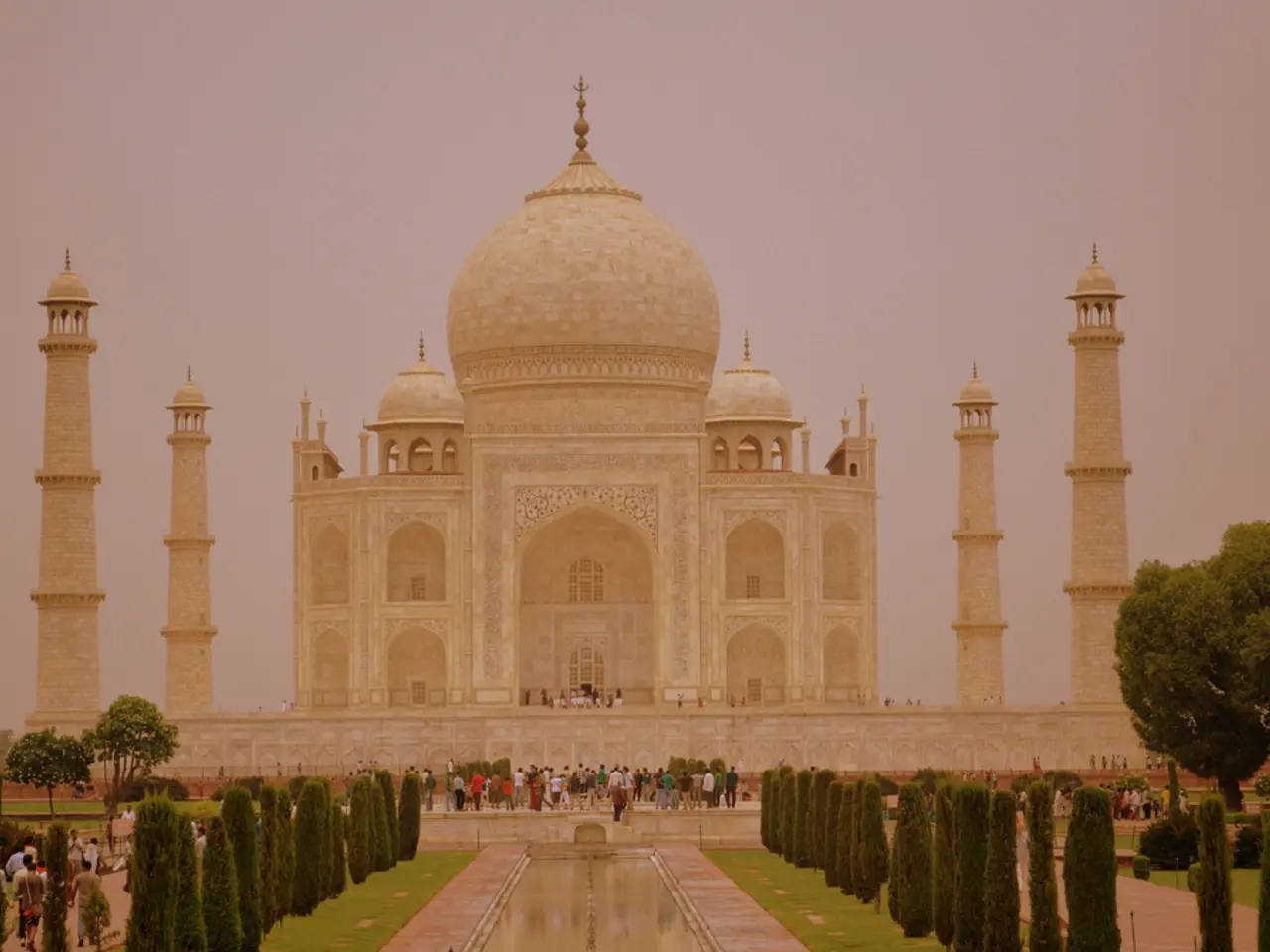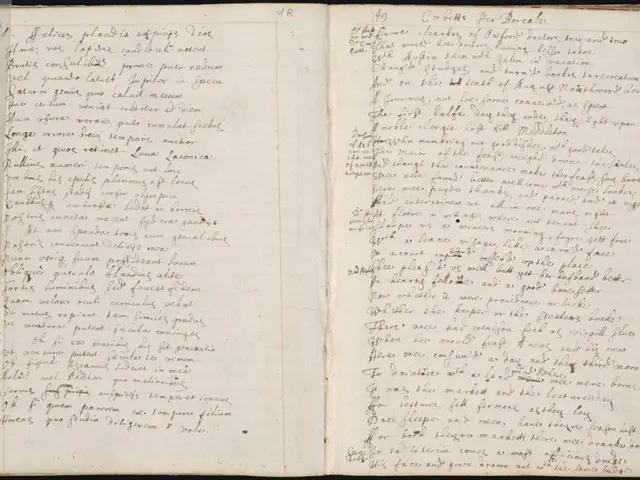The Vykom Satyagraha Re-examined: A Look at Mahatma Gandhi and the Misconception of Religious Conversion
The Vaikom Satyagraha, a nonviolent protest that took place in South India between 1924 and 1925, was a significant milestone in the fight against caste-based discrimination. The movement, which targeted the unjust restrictions on lower caste people's access to roads around the Vaikom temple in Kerala, successfully mobilized thousands and set a precedent for later temple entry movements [1][4][5].
The commonly accepted narrative often portrays the Vaikom Satyagraha as a clear-cut victory, a straightforward triumph of Gandhi-led nonviolent resistance [2]. However, a closer look reveals a more nuanced outcome.
Initially, the protests were met with partial concessions. Some roads were opened, yet the full right of temple entry was not immediately granted by the authorities at the time [1]. The struggle was part of a longer trajectory toward temple entry reforms in Kerala.
Some contemporaries and observers felt the political leadership, including Gandhi and Congress figures, managed the movement with compromises and strategic restraint rather than outright confrontation or complete immediate success [3]. Certain leaders voiced frustration or skepticism about the pace and scope of reforms.
The Vaikom Satyagraha was indeed a landmark in anti-caste discrimination efforts, but it was not an outright, instantaneous end to caste-based exclusions. Instead, it was a vital initial step that catalyzed further social and political movements for temple entry and caste equality [1][4][5][3].
The campaign was led by mixed teams of Dalits and caste Hindus who faced arrest, beatings, and hardship as they attempted to walk on roads encircling a Brahmin temple. Despite monsoons reported as the "worst in human memory," the volunteers maintained their vigil, sometimes standing for hours at a time up to their necks in water, with one volunteer dying [1].
The first hint of change came in August 1925 when the incumbent Maharaja Thirunal died and was replaced by the more open-minded Regent Maharani Bayi. A new bypass road was built on the eastern side open to everyone regardless of caste or religion [1]. The temple authorities hardened their stance, and it was the Vykom government that eventually accepted a compromise deal brokered by Gandhi, though the demand for all the roads encircling the temple to be open was not fully met [1].
The Vaikom Satyagraha continued in a token form until November 23, 1924, when the new compromise agreement came into effect. The exact terms of the agreement are unclear, and no formal document recording it exists in the state archives. Despite this, the Vaikom Satyagraha remains a testament to the power of nonviolent resistance in the fight against caste discrimination.
References:
[1] Sen, S. (2014). The Vaikom Satyagraha: A Study in Non-violence and Civil Disobedience. New Delhi: Sage Publications India Pvt. Ltd.
[2] Chakravarti, U. (2009). The Vaikom Satyagraha: A Study of the Struggle for Temple Entry in Travancore in 1924-25. New Delhi: Oxford University Press.
[3] Manor, J. (1998). The Waning of the Mahatma: Phases in the Life of Mohandas Karamchand Gandhi, 1915-1948. Cambridge: Cambridge University Press.
[4] Namboodiripad, E. M. S. (1998). Communism in Kerala. New Delhi: LeftWord Books.
[5] Menon, A. (1975). The Indian Struggle: A Personal Account. New Delhi: Vikas Publishing House Pvt. Ltd.
Read also:
- Court petitions to reverse established decision on same-sex marriage legalization
- Commemoration of 200 Days of American Resurgence Unveiled
- Minister Bärbel Bas expresses doubts about her tenure as a minister following a recent interview during the summer.
- Politicians from both Republican and Democratic parties are urging President Trump to maintain the security agreement with Australia and the United Kingdom.







